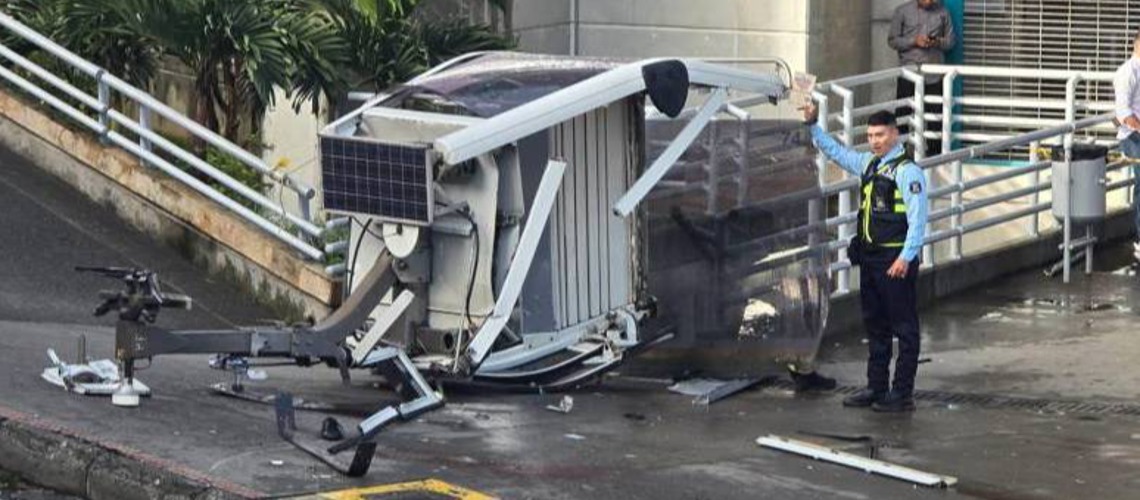One Dead, Twenty Reported Injured In Medellin Metrocable Gondola Accident

The city of Medellin is in mourning after a tragic accident on the Metrocable public transportation system yesterday, June 26th. A gondola car malfunctioned and plunged to the ground, resulting in one fatality and injuring 20 others.
The incident occurred around 4:30 am on the K line, which serves the city's northeastern neighborhoods. According to Metrocable manager Tomás Elejalde, the gondola reportedly collided with another cabin before detaching from the cable and falling near the Popular station.
The deceased, identified as 55-year-old Jhon Jairo Londoño, was a passenger in the gondola. He was rushed to Clinica CES hospital but succumbed to his injuries. The remaining injured passengers received medical attention and psychological support.
This marks the first fatal accident in the 20-year history of the Medellin Metrocable. The gondola system, inaugurated in 2004, is a vital part of the city's public transport network, providing access to low-income communities built on steep hillsides.
Local authorities have opened an investigation to determine the cause of the accident. The K line remains closed as officials conduct a thorough safety inspection.
This tragedy has shaken the Medellin community. Mayor Federico Gutiérrez expressed his condolences to the victim's family and vowed a transparent investigation. The cause of the accident and the extent of damage to the gondola system are still under investigation.
Metrocable is a gondola lift system implemented by the City Council of Medellín, Colombia, with the purpose of providing a transportation service that complements the Medellín Metro. It was designed to reach some of the city's informal settlements on the steep hills that mark its topography. It is largely considered to be the first urban cable propelled transit system in South America. The transportation infrastructure is already established and has been in service since 2004.
The system consists of a network of 16 pre-existing gondolas. There were plans in the city for some decades before its inception for some form of transportation that took account of the difficult topography of the region. These ideas date back to the use of cable-car technology for exporting coffee (Manizales - Mariquita Cableway) starting in the 1930s between the city of Manizales, to the south of Medellín, and the Cauca River 2,000 metres (6,600 ft) below. In its modern incarnation, it was the result of a joint effort between the city's elected mayor, Luis Pérez Gutiérrez, and the Metro Company.[2] For some, the initial conception of this system was indirectly inspired by the Caracas Aerial Tramway (also known as the Mount Avila Gondola) which was designed primarily to carry passengers to a luxury hotel in the 1950s.
Line K of the Metrocable connecting the Medellín River valley to the steep hills in Comunas (districts) 1 and 2, was the first system in the world dedicated to public transport, with a fixed service schedule. Since starting operations in 2004, it carries 30,000 people daily and is operationally integrated into the rest of Medellín's mass transit system (SITVA), which includes the overground Metro, bus rapid transit system (BRT) and a tramway line (opened in 2016).
As of 2021, the Medellín Metrocable system has six lines, namely Line H, Line K, Line J, Line L (Cable Arvi), Line M, and Line P. Overall, the system has been received with enthusiasm by the locals, who are mainly low-income users and are prepared to queue for up to 45 minutes at peak times to use it














